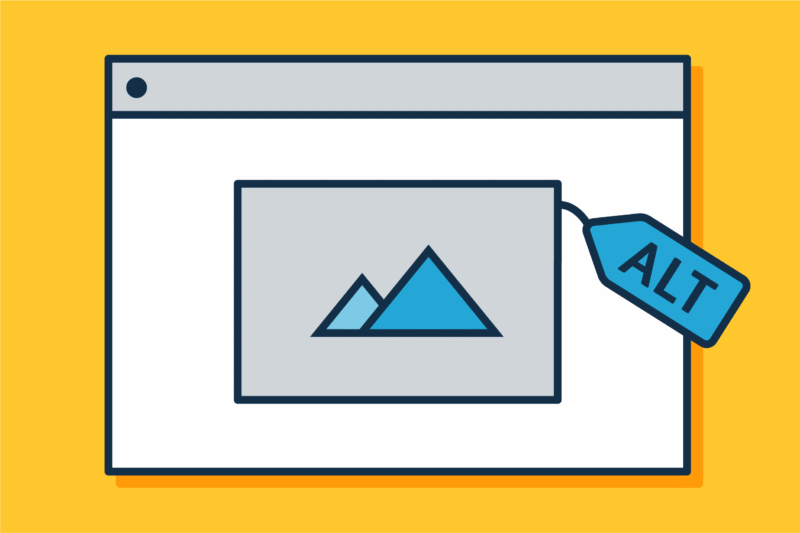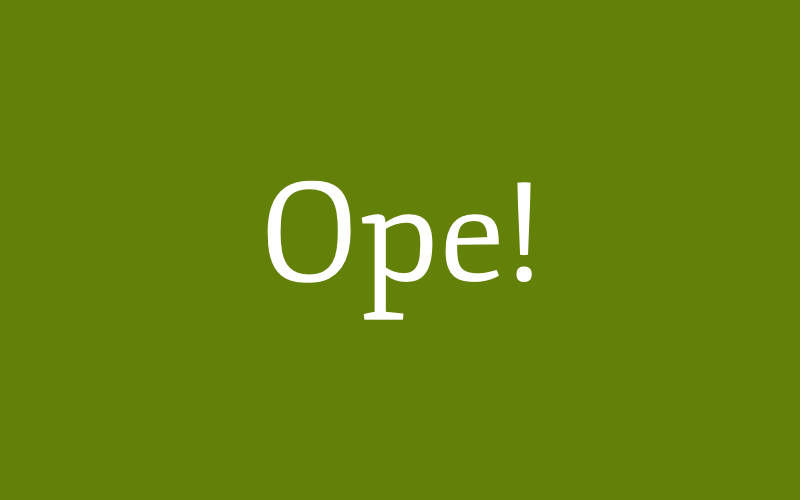When you add an image to your website, it is easy to stop at uploading the file and moving on. But one small detail, alt text, makes a big difference. Short for “alternative text,” it is a simple description you attach to your image. While invisible to most visitors, it quietly works behind the scenes to make your site stronger in several ways.
Improves accessibility.
Not everyone can see the images on your site. Screen readers, used by people with vision impairments, read alt text aloud so visitors can still understand your content. Without it, someone may completely miss an important message or piece of context. Adding descriptive alt text ensures your site is welcoming and usable for all.
Helps with SEO.
Search engines cannot actually see images, but they can read alt text. By describing your image accurately, you give Google and others more context about your page. That can improve how your site ranks in search results and even help your images show up in image searches. Alt text also works as a quiet signal of page quality, which can give your site a slight boost over competitors who ignore it.
“Alt text may feel like a small detail, but it makes your site more accessible, improves SEO, and keeps your content understandable even when images do not load.”
Provides backup when images do not load.
Sometimes, images fail to load because of a slow connection or technical glitch. In those cases, the alt text appears instead. A clear description helps visitors still understand what they are supposed to be seeing, keeping your content readable even if the visuals are missing.
Best practices for writing alt text.
- Be descriptive. Write what the image actually shows. Imagine you are explaining it to someone who cannot see it.
- Keep it concise. Usually one short sentence is enough, unless the image conveys detailed information such as a chart.
- Avoid keyword stuffing. Focus on clarity, not cramming in SEO phrases. Google can tell when descriptions are forced.
- Do not use “image of” or “picture of”. Screen readers already announce that it is an image, so you can skip this wording.
- Use context, not just description. If the image shows a person smiling at a laptop, you might write “Happy customer using online service” instead of “Person with laptop.” The first connects better to your content.
- Leave decorative images blank. If an image is purely decorative and adds no meaning, it is better to use an empty alt attribute (
alt="") so screen readers can skip it. - Be specific with charts and infographics. For complex visuals, provide a concise alt text and then include a longer description in the body of the page so all readers have access to the data.
- Think about action images. If an image functions like a button or link, the alt text should describe the action, such as “Search” or “Download PDF,” rather than the visual details.
- Write naturally. Aim for descriptions that sound like how you would explain the image in conversation. This helps both accessibility and search engines.
A small step with a big payoff.
Alt text may feel like one of those little details you can skip, but it has a big impact. It makes your site accessible, improves your SEO, and keeps your content understandable even when images fail to load. With a few smart practices, you can write alt text that goes beyond the basics, giving every visitor a better experience while strengthening your site overall. Next time you upload an image, do not treat alt text as an afterthought. It is a small step that shows you value accessibility, usability, and the long-term success of your website.
If you want to make sure your images are optimized and inclusive, I can help. Contact me to get started or to learn more.




